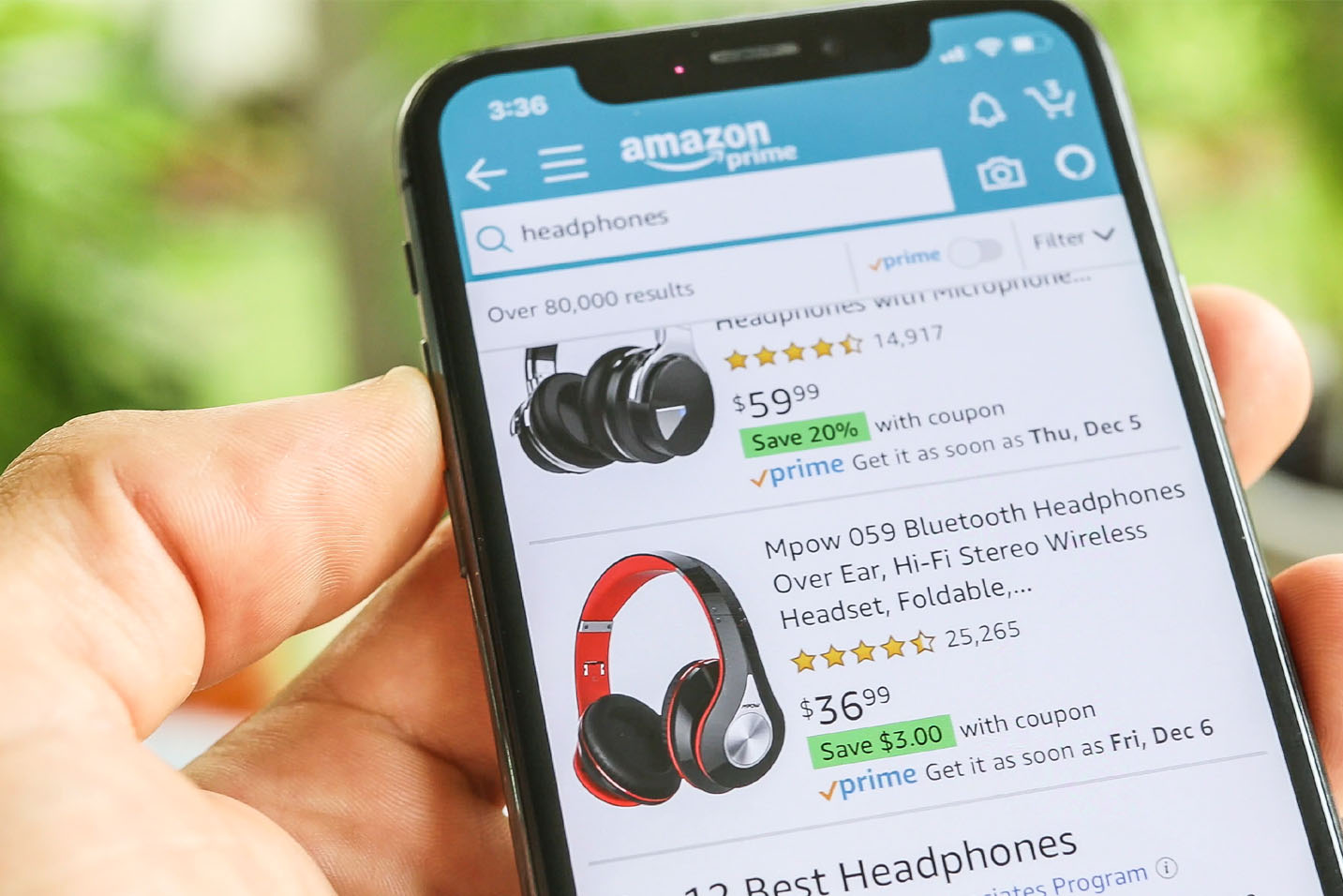The Facts About Selling On Amazon.com via Seller Central

If you are aiming to begin selling on Amazon’s marketplace to take advantage of its incredible market share, you will want to fully understand the actual cost associated with selling on the platform. Selling on Amazon can be incredibly profitable. However, you do want to get a good idea of what everything costs. Below, we will be going over some of the key costs that you should calculate into your business when selling on Amazon.
Costs Associated With Selling On The Amazon Marketplace:
1. REFERRAL FEE.
One of the first costs that you want to get familiar with is the referral fee that Amazon attaches to each sale. The prices range from category to category. Because of this, you will want to look to see what you will be selling primarily to get accurate fee estimates. However, a majority of categories will have a 15% fee attached to it. Therefore, if you are looking to estimate your referral cost, you will want to use 15% for a majority of the categories. This fee is charged due to Amazon essentially ‘referring the customer to your product’. Essentially, it is deemed a commission fee that you are paying Amazon for selling to one of their customers. Thus, you will be charged a percentage of the total sale price of the product that you sold.
2. FBA FEES.

Understanding all Your FBA fees
Amazon FBA fees or Fulfillment By Amazon fees are associated with Amazon’s FBA service. With Amazon FBA, sellers can have their inventory warehoused, packed, and shipped by Amazon themselves. Because they are storing your products, packing them, and shipping them to the end consumer, they charge you fees for the service provided. Luckily, these fees are very reasonable for the amount of value you can get from it. It essentially allows sellers to focus on other aspects of their business rather than the fulfillment and logistics portion, which can get incredibly expensive and time-consuming. Along with this, you can leverage Amazon’s excellent shipping rates that it has negotiated with the various couriers which can save you a lot of money on shipping alone.
Amazon’s FBA fees are relatively simple to understand. For one, they roll a lot of the fees together to make it easy. They primarily charge two distinct fees for using Amazon FBA. For one, they charge a pick, pack, and weight handling fee. Then, they charge a monthly storage fee which covers the storage of the product in their warehouses. Because both of these fees are entirely dependent on the size and weight of the product you are selling, the fees will be based on the size and weight of the product itself.
3. COPY AND PHOTO CREATION.
You do this portion of selling on Amazon (the seller). You will be responsible for creating your listings, including having photos that meet Amazon’s standards and policies. Along with this, you will need to create your copy that adheres to Amazon’s policies. Palmetto Digital Marketing Group specializes in all facets of Amazon EBC and A+ Content design services.
4. INBOUND TRANSPORT.
As mentioned above, you will be able to leverage Amazon’s relationships and negotiated prices with the various couriers it uses to send your inventory into Amazon’s warehouses. Because of this, you will get severely discounted rates than what you would pay on your own.
5. MARKETING AND ADVERTISING FEES.
If you are going to be selling your own products that require additional advertising to sell them or you are only looking to leverage Amazon’s pay per click advertising on the platform, you will want to include these fees into the overall cost of doing business on Amazon. These fees will range depending on the category you are selling in and what keywords you are looking to target and the keywords respective competition. For more information about Amazon PPC Services and marketing management contact us.
6. SOFTWARE FEES.
Selling on Amazon can be very tedious if you are not utilizing third-party software solutions that can help you cut down on a lot of the legwork. Luckily, there are all kinds of software that you can invest in, which will really help you streamline and automate a lot of the processes associated with selling on the platform. These services include software that can help to automate return refunds, repricing your inventory, and even the creation of your inventory batches. Therefore, you will want to figure out if you are going to be using third-party software before beginning to effectively add the cost of this software into your projected cost calculations.
Overall, there are plenty of costs associated with selling on the Amazon platform, but the advantages far outweigh them. Not only are you buying access to one of the most popular e-commerce marketplaces in the world, but Amazon’s customers have proven to be much more loyal to the platform than other marketplaces. It is a great way to minimize the amount of work you have to put into order fulfillment and logistics and really focus on product creation and other aspects of your business. By taking on a professional third-party Amazon management company, you can further streamline your entire business to scale it and make it even more hands-off effectively.




